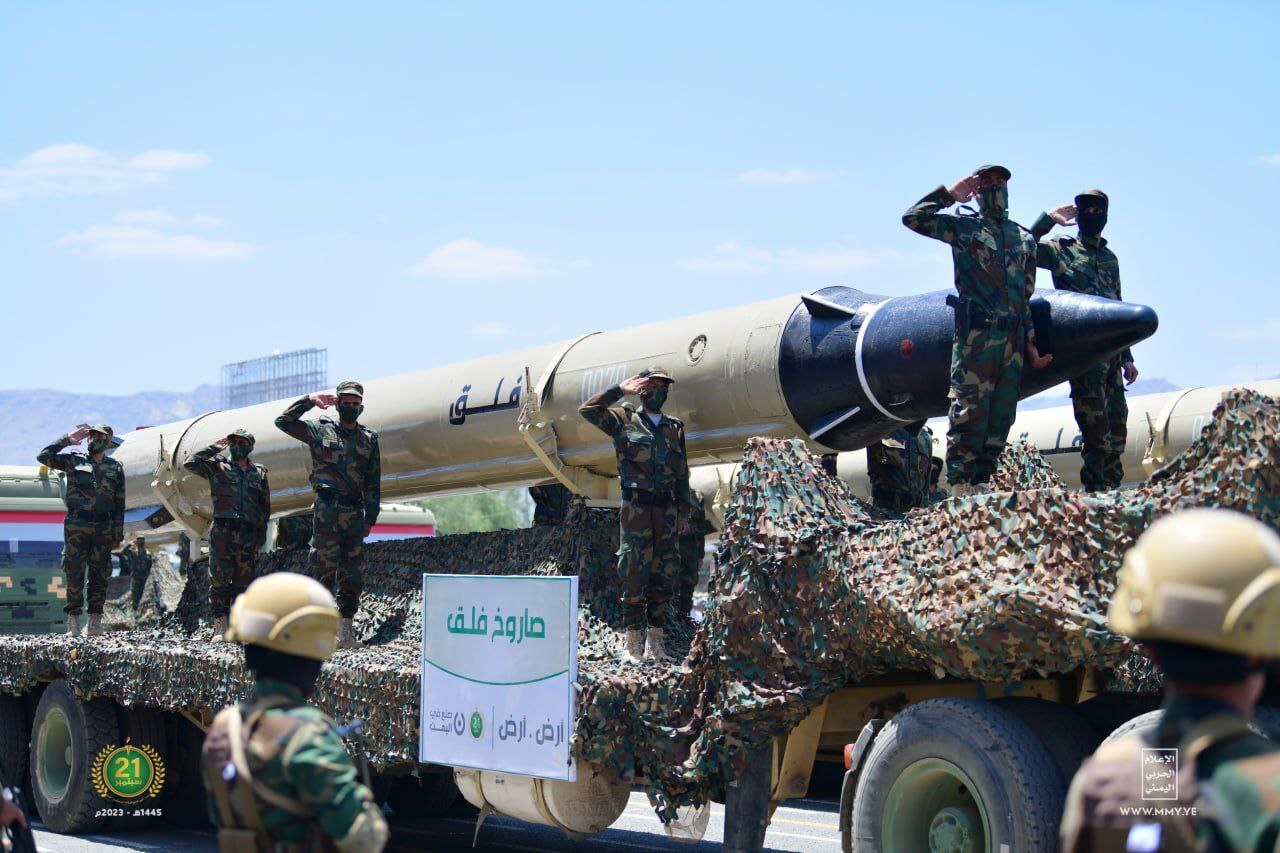America's Inability to Confront Yemen
TEHRAN (Defapress) - When the U.S. began its attacks and aggression against Yemen on March 15 of this year in support of the Zionist regime, it never imagined that, after facing defeat and failure in achieving its objectives, it would declare a ceasefire and halt its military operations against Yemen within just 30 days.

However, what ultimately forced the U.S. to end its month-long campaign against Yemen were the exorbitant costs of directing and executing these military operations and, more importantly, its failure to achieve its predetermined goals in supporting the Zionist regime. Despite targeting over 1,000 sites during its 30-day military campaign, even the U.S. Secretary of Defense admitted that Yemen’s Ansar Allah remained undefeated.
On the other hand, Ansar Allah’s continued operations and attacks against the positions of the Zionist regime and the U.S., despite ongoing airstrikes by American fighters, clearly demonstrated that Yemeni forces’ persistent and extensive assaults not only inflicted significant damage on the U.S. fleet in the Red Sea but also severely drained America’s financial and defense resources.
A crucial factor in this outcome was the miscalculation by Donald Trump and the U.S. in launching this aggression against Yemen. When the American president ordered the bombing of Yemen, he assumed that within less than a month, Yemeni forces, particularly Ansar Allah, would either be defeated or dealt such heavy blows that they could no longer target Zionist and American interests. Yet, in reality, we witnessed the failure of Trump’s calculations and the U.S. military’s campaign against Yemen, ultimately forcing Trump to order an end to the aggression.
But this was not the end. The mounting and unbearable pressure from global and regional public opinion over the continued attacks on Yemen, combined with the sustained operations of Yemeni forces, especially Ansar Allah, against Zionist regime positions and American warships in the Red Sea, as well as the disruption of one of the world’s most critical maritime routes, convinced the U.S. to halt its attacks on Yemen.
Moreover, examining the record of Yemeni forces, particularly Ansar Allah, during this one-month war with the U.S., as well as their effective operations against Zionist regime positions and ships in the Red Sea, reveals that the Yemenis successfully targeted and shot down several advanced U.S. MQ-9 Reaper drones. Additionally, multiple American ships and aircraft carriers were not spared from Yemeni attacks and became targets of various operations.
Amidst this, we must not overlook Yemen’s impressive and highly capable missile arsenal, a power that, by repeatedly striking Zionist and American targets, centers, and ships, escalated the cost of this battle for the U.S. and the West in the Red Sea to such an extent that Donald Trump had only one option left: to end the war and declare a ceasefire.
In the end, the U.S. military operation against Yemen, which began in March 2025 to target the Houthis’ missile stockpiles and military infrastructure, failed to achieve its strategic objectives. This failure clearly demonstrated that the Red Sea crisis cannot be resolved through military means alone, the solution lies in implementing a ceasefire agreement in Gaza and ending this bloody and devastating war.
